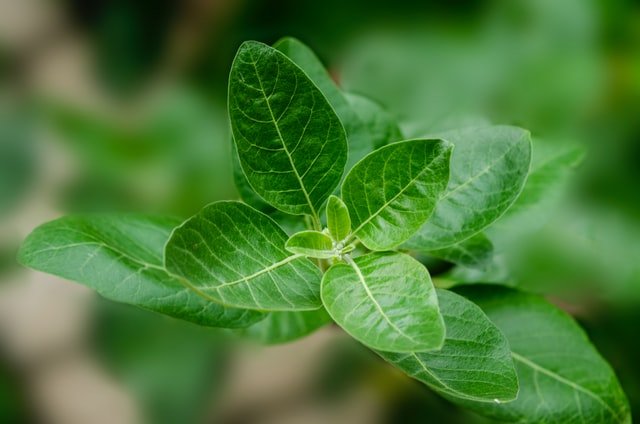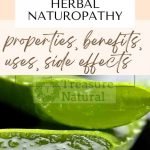
Ashwagandha , also known as Indian ginseng, the botanical name is Whitania Somnifera. This plant is widely used in Ayurveda for the treatment of various pathology. Its active ingredients are also known in Ayurvedic Indian medicine and have been used since ancient times. Let’s get to know this plant and all its virtues better.
Origin of the name: Ashwagandha
This is the Sanskrit term deriving from the words ashva (“horse”) and gandha (“smell”) used to indicate an Indian plant with a strong aroma that recalls the smell of the horse’s skin.
This shrub, whose roots are mainly used for phytotherapeutic and curative purposes, is known in botany as Whitania somnifera, but also Indian ginseng, false alchechengi, winter cherry, poisonous gooseberry.
The plant belonging to the Solanaceae family, the same as tomato, eggplant, potato, tobacco and belladonna.
Traces of its diffusion can already be found in the texts of Indian medicine that trace the knowledge of its properties back to Punarvasu Atreya, between the first and eighth centuries AD.
Its importance in Ayurvedic medicine is comparable to that of ginseng in traditional Chinese medicine.
Ashwagandha or Withania somnifera, what it is
From a botanical point of view, the Withania somnifera looks like a herbaceous shrub, woody at the base, which can even reach 170 cm in height.
Just like the tomato, the inflorescences are green-yellow and the fruits yellow-orange or red. Leaves and stems are covered with a light down that gives the plant a gray-cerulean reflection.
From a botanical point of view, the Withania somnifera looks like a herbaceous shrub, woody at the base, which can even reach 170 cm in height.
Just like the tomato, the inflorescences are green-yellow and the fruits yellow-orange or red. Leaves and stems are covered with a light down that gives the plant a gray-cerulean reflection.
Of the same genus 23 species of Whitania are identified, but only somnifera is known for its healing properties. The plant is native to India, Nepal, Pakistan, North Africa and Sri Lanka, but is also cultivated in some areas of the Mediterranean, including Sicily and Sardinia.
Its use dates back to ancient times and is still used today as a tonic, tonic, adaptogen and immunostimulant.
Ashwagandha: ownership
In Ayurvedic medicine it is used in the cure and treatment of various pathologies. Of the plant, the roots are mainly used where most of the active ingredients are concentrated.
The main ones are non-steroidal lactones, also called withanolides, saponins, some alkaloids and other components with mainly anti-inflammatory, anti-carcinogenic and anti-anemic properties (iron).
In smaller but still considerable quantities, leaves and fruits are also rich in alkaloids, amino acids, sugars and iron.
Furthermore, Witaferina A is one of the active ingredients for which anticancer efficacy has been demonstrated. The same effect was also observed with witaferin E.
The immunostimulating effect, on the other hand, seems to be related to the ability of some chemical components of the plant to induce the synthesis of nitrogen monoxide by macrophages.
Hypocholesterolemic and antimicrobial properties are also attributed to this herb, confirmed by recent scientific studies conducted by the ISS.
In Ayurvedic treatments, it improves muscle tone and supports the psyche in times of stress and fatigue. Its use is recommended in case of:
- weakness
- lack of sleep
- anxiety
- memory loss,
- loss of muscle energy
- cough
- infertility
- glandular swelling
Ashwagandha: benefits
Among all the medicinal properties of this plant, the one that best represents ashwagandha is the adaptogenic power of the extracts.
This means that ashwagandha is able to support the delicate psychophysical balance at every slightest change in the surrounding environment. In addition, it supports the body against the accumulation of toxins and acts as an invigorating in case of fatigue.
Not surprisingly, its use is recommended above all in case of fatigue, stress, insomnia, psychophysical fatigue, characteristics that make it very similar to ginseng. It is also recommended as a natural remedy to help the mind find the right concentration and in general to support the well-being of the psyche and body.
Due to its anti-inflammatory, antioxidant and antirheumatic properties, ashwagandha is also used in the treatment of rheumatism, hypertension, premature aging. Furthermore, according to the Ayurvedic tradition, the plant is also a powerful aphrodisiac.
Ashwagandha: contraindications
Beware of contraindications and unwanted effects. Pregnant or breastfeeding women should refrain from consuming ashwagandha. High dosages of ashwagandha can cause gastrointestinal upset, vomiting and diarrhea.
As with all medicinal plants and herbs, it is always recommended to consult your medical practitioner or herbalist before starting therapy. In fact, only a specialist will be able to recommend doses and administration times, taking into account the patient’s general clinical picture.
Where to find Ashwagandha
The extracts are found in herbal shops and health food stores in capsule or powder form.
Recommended doses of Ashwagandha based supplement
The recommended dose is generally between 600 and 1000 mg, twice a day, when taken in capsule form.
In case of insomnia or anxiety, use is limited to a teaspoon dissolved in a cup of milk or a glass of water to be taken before going to bed.






